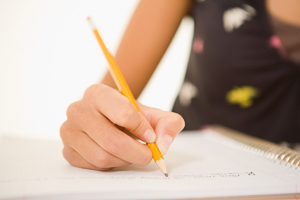Domestic Violence: Checklist of Things to Take When You Leave
Topic Overview

If you want to save this information but don’t think it is safe to take it home, see if a trusted friend can keep it for you. Plan ahead. Know who you can call for help, and memorize the phone number.
Be careful online too. Your online activity may be seen by others. Do not use your personal computer or device to read about this topic. Use a safe computer such as one at work, a friend’s house, or a library.
Here are some helpful items to get together when you are planning on leaving an abusive situation. Keep these items in a safe place until you are ready to leave or in case you need to leave suddenly. If you have children, take them. And take your pets, too, if possible.
|
Identification for yourself and your children |
|
|
Important personal papers |
|
|
Funds |
|
|
Keys |
|
|
A way to communicate |
|
|
Medicines |
|
|
A way to get by |
|
|
Things to help you cope |
|
Source: National Women’s Health Information Center at www.WomensHealth.gov.
Current as of: April 7, 2019
Author: Healthwise Staff
Medical Review:Adam Husney, MD – Family Medicine & Kathleen Romito, MD – Family Medicine & Brigid McCaw, MD, MPH, MS, FACP – Internal Medicine
Topic Contents
This information does not replace the advice of a doctor. Healthwise, Incorporated, disclaims any warranty or liability for your use of this information. Your use of this information means that you agree to the Terms of Use. Learn how we develop our content.

